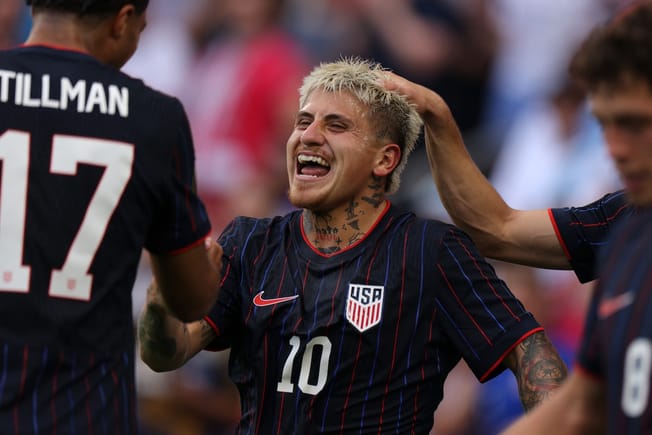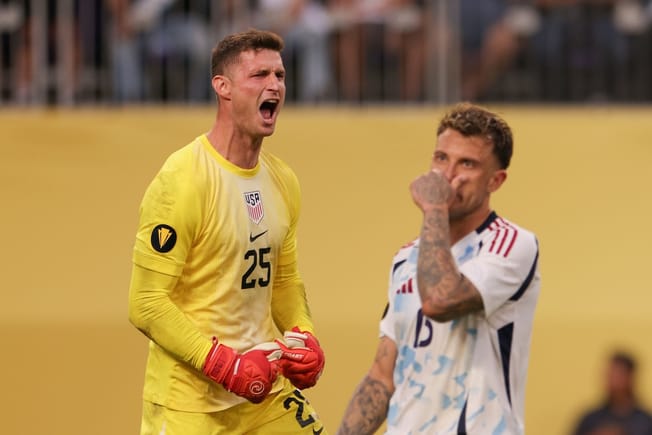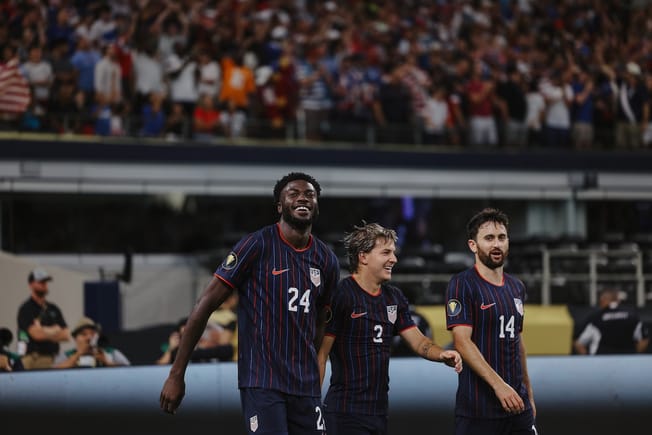Full question submitted by Jake B.: “As someone who hasn’t seen much of Iran or Wales, were either of the U.S.’s recent friendly opponents good analogs for who they’ll play in the WC? If not necessarily talent-wise, from a tactics or style of play standpoint?”
Thanks for the question, Jake! It’s a good one.
Let’s start with a little scouting report for Wales before we move on to Iran. Oh, and we’re skipping England in this answer, both because Jake didn’t ask about them and because we’ll talk plenty about England and the rest of the U.S.’s group as the World Cup gets closer. Okay, on to Wales.
WALES
Wales don’t play like Morocco and they don’t really play like Uruguay, although there are some very rough similarities.
Under manager Rob Page, who coached his first-ever game for Wales against the United States back in 2020, Wales defend. I know Uruguay have a reputation for being a defense-first team – and they are, generally – but Page’s team takes things to another level. As I wrote earlier this week, Wales haven’t had 50% possession or more in a game against a top 50 FIFA-ranked team in the last calendar year.
They don’t value ball possession nearly as much as they value defensive solidity. Most often, Wales use a back five (though they’re not afraid of a back four) and defend in a mid-block, using the midfield line or the top of the center circle as their line of confrontation. Offensively, they’ll play with the ball a bit, but the purpose of their possession is more to probe for a long ball rather than to play through midfield.
Wales’ defensive organization and direct attacking play is designed to set up their frontrunners to succeed. With some combination of Gareth Bale, Kieffer Moore, and Dan James up top, Wales have a mixture of speed and physicality in the attack. They’re also dangerous on set pieces.
IRAN
Now, we know a little less about Iran than we do about Wales, in large part because Iran didn’t have to test themselves in the final round of AFC World Cup qualifying. South Korea was the only top 50 FIFA-ranked team that they played in that final round of quailing. And since the end of qualifying, Dragan Skocic’s team has played exactly zero games.
So we don’t know a ton about how Skocic wants to play against World Cup-level opponents. We do know that Iran averaged 44% possession across their two most recent games against South Korea. To learn a little more about this team, I watched some film and asked some smart people about Iran. Here are some of my takeaways from doing those two things.
Iran are more tactically progressive than they used to be and will possess the ball more than they did under former manager Carlos Queiroz. Still, they’re not going to play you off the field.
Even against smaller teams, Iran almost always try to maximize the number of touches that they can give to their creative wingers, especially Alireza Jahanbakhsh (Feyenoord). There’s also a big focus on getting Mehdi Taremi (Porto) and Sardar Azmoun (Leverkusen) touches up top with their backs to goal. Iran aren’t afraid to press, either.
All of that said, I don’t think that Iran is all that similar to Morocco or Uruguay.
COMPARISON
If you’re looking to compare both Wales and Iran to a national team that the U.S. has a little more familiarity with, I think Canada is at least kind of sort of in the right ball park. Those teams defend, press strategically, and they have quality attackers who can beat you in a number of different ways.
Wales and Iran aren’t carbon copies of each other. They use different shapes much of the time and their individual tactics are different, too. But I do think there are some real similarities between those two teams and Canada. Will the U.S. create more chances and pick up some better results against those two teams than they did against Canada in World Cup qualifying? We’ll find out in November.






Comments